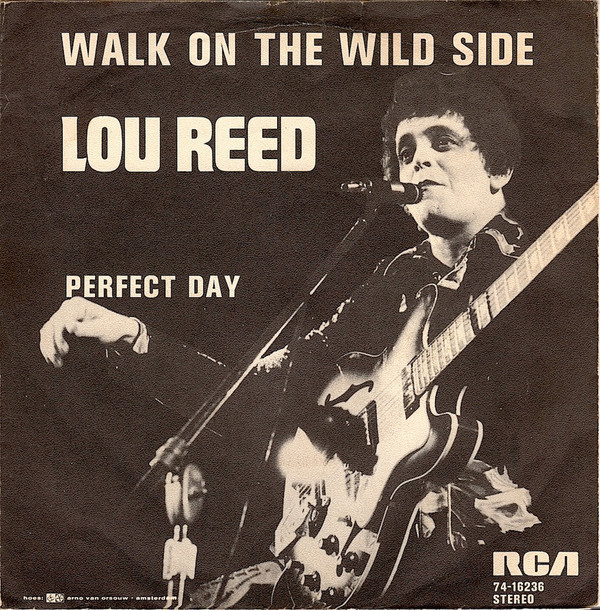Walk on the Wild Side
Nothing like a thousand-mile hike to rid Reese Witherspoon of her acting tics
If Birdman was the Black Swan for men, Wild is the Cast Away for women.
The difference is the lead in Wild has, thank heavens, several people to interact with; not just a Wilson volleyball. Or it is Eat Pray Love in the desert—only less boring.
Reese Witherspoon (Legally Blonde, Walk the Line) plays Cheryl Strayed in the film adaptation of the 2012 Strayed memoir Wild: From Lost to Found on the Pacific Crest Trail.
After a series of personal tragedies that began with the death of her mother when Strayed was age 22, she decides to hike from the Mojave Desert to Washington State, an 1800-kilometer trek.
As played by Witherspoon, Strayed is slight and girlish—which makes her easy prey to the elements, lecherous rednecks, and a humongous rucksack that has everything from a giant deodorant stick to a saw to a dozen condoms.
The film is entertaining enough, especially since Witherspoon manifests none of the acting tics fans have grown fond of ever since she lit up the screen in the 1990s with movies like Fear, Cruel Intentions, and Pleasantville.
The lisp melts under the Mojave sun and the girlish twinkle freezes beneath the Oregon snow.
Instead, the audience is treated to an emotionally battered and physically bruised Witherspoon, who alternates between anger, frustration, resignation, and acceptance, showing women and men how to use every psychological tool in one’s camping arsenal to trek across rough terrain the equivalent of 19,685 football fields.
That means walking the length of Edsa, from Monumento to Mall of Asia, 76 times in the heat and snow, over rocky and mountainous terrain with hardly any water source to speak of.
Director Jean-Marc Vallée (Dallas Buyers Club), who loves shooting actors sub naturel (worse than au naturel, he adds wrinkles, spots, weather damage), does his best to translate what is obviously an engaging book into a film that draws the audience in: Is that fox a hallucination? Is that water a mirage? Is that llama for real?
The jarring images of random sexual interludes and heroin use serve as the parallel narrative to Strayed’s trek, explaining what drives her to willingly subject herself to such physical and emotional abuse. Sort of.
If it doesn’t, it at least makes for an interesting story of a woman hell bent on destruction. A walk on the wild side in every way imaginable: wanton, devastating, primal.
She cheats on her husband with random strangers. She snorts heroin and swears she will never shoot up, but does. And then she decides to cross from the Western Mojave into Washington without training or any advice on what to pack. (If you can’t stand up with your pack at the start of your trek, what does that tell you?)
What director Vallée succeeds most in doing is to make the Witherspoon character intriguing for the audience, making them want to grab the book. Strayed’s scribbles on the trail journals that dot the Pacific Crest Trail are highlights of the film. They leave the audience hungry for more of her prose.
The scene that left the audience cringing at Strayed’s annihilated toenail would have meant even more if one had read, for instance, the following:
“I gazed at my bare battered feet, with their smattering of remaining toenails. They were ghostly pale to the line a few inches above my ankles, where the wool socks I usually wore ended. My calves above them were muscled and golden and hairy, dusted with dirt and a constellation of bruises and scratches. I’d started walking in the Mojave Desert and I didn’t plan to stop until I touched my hand to a bridge that crosses the Columbia River at the Oregon-Washington border with the grandiose name the Bridge of the Gods.
“I looked north, in its direction—the very thought of that bridge a beacon to me. I looked south, where I’d been, to the wild land that had schooled and scorched me, and considered my options. There was only one. I knew. There was always only one.
“To keep walking.”
Watch the movie or not, but do read the book. Opens 4 February 2015 in theaters nationwide.




